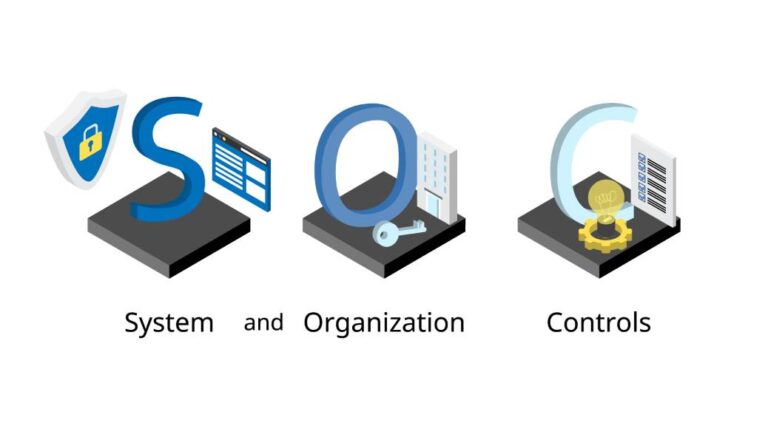In today’s rapidly evolving digital landscape, cyber threats are advancing at an unprecedented pace, rendering traditional security models inadequate for safeguarding sensitive data, systems, and networks. The increasing sophistication of cyberattacks calls for a transformative approach to cybersecurity—one that transcends perimeter-based defences to ensure comprehensive protection. Enter Zero Trust Cybersecurity, a modern framework that is redefining how organizations protect their digital assets.
Understanding Zero Trust Cybersecurity
Zero Trust is not merely a buzzword; it represents a fundamental shift in cybersecurity philosophy. Traditional security models operate on a “trust but verify” principle, often granting implicit Trust to entities within the network perimeter. Zero Trust challenges this notion by adopting a “never trust, always verify” approach. In this model, no entity—whether inside or outside the network—is inherently trusted. Access is granted only after rigorous verification processes, ensuring robust defence against both internal and external threats. This model is the foundation of cybersecurity zero-trust architecture.
Core Principles of Zero Trust
1. Verify Explicitly
Every access request is thoroughly authenticated and authorized based on all available data points, including user identity, location, device health, and more. This ensures that only legitimate users and devices can access sensitive resources, a key aspect of cybersecurity zero Trust.
2. Least Privilege Access
Users are granted the minimum level of access necessary to perform their tasks. By limiting access rights, organizations reduce their attack surface and minimize the potential impact of a breach. This principle aligns with a zero-trust policy cybersecurity approach.
Know More About Our Microsoft 365 and Consulting Services
3. Assume Breach
Zero Trust operates under the assumption that a breach is either imminent or has already occurred. This mindset emphasizes segmenting access, continuously monitoring activity, and responding swiftly to suspicious actions to mitigate potential damage.
Why Zero Trust is the Future of Cyber Defense
Several factors underscore the necessity of adopting Zero Trust:
1. Evolving Threat Landscape
Cyberattacks are becoming more frequent and sophisticated, exploiting vulnerabilities across networks, endpoints, and cloud environments. Zero Trust Cybersecurity’s granular approach to access control and continuous monitoring provides an effective defence against modern threats.
2. Cloud Adoption and Remote Work
The shift to cloud environments and hybrid work models has dissolved traditional network perimeters. Employees accessing organizational resources from various locations and devices introduce new security challenges. Cybersecurity Zero Trust ensures secure access regardless of user location, enabling organizations to maintain productivity without compromising security.
3. Regulatory Compliance
Industries such as healthcare, finance, and government are subject to stringent regulations regarding data privacy and protection. Implementing cybersecurity zero Trust helps organizations meet compliance requirements by enforcing rigorous access controls and maintaining detailed activity logs.
4. Enhanced User Experience
While Zero Trust may seem restrictive, modern implementations focus on balancing security with user convenience. Features like single sign-on (SSO) and adaptive multi-factor authentication (MFA) ensure seamless and secure access for legitimate users.
How Zero Trust Works in Practice
Implementing Zero Trust involves several critical components:
1. Identity and Access Management (IAM)
IAM solutions verify user identities before granting access to resources. This includes features like MFA, role-based access control, and behavioural analytics to detect anomalies.
2. Network Segmentation
By dividing the network into smaller, isolated segments, cybersecurity zero, Trust minimizes the impact of potential breaches. Even if an attacker gains access to one segment, lateral movement within the network is restricted.
3. Continuous Monitoring
Traditional security models often rely on periodic checks, which can leave gaps in protection. Zero Trust involves continuous monitoring of user activity and network traffic to detect and respond to threats in real time.
4. Endpoint Security
Zero Trust extends security measures to endpoints such as laptops, smartphones, and IoT devices. Ensuring these devices meet security standards before granting access mitigates risks from compromised or non-compliant devices.
Implementing Zero Trust: Key Steps for Organizations
Adopting Zero Trust requires a strategic approach:
1. Assess the Current State
Begin by identifying critical assets, understanding existing security gaps, and mapping user access patterns. This assessment provides a foundation for developing a tailored Zero Trust strategy.
2. Adopt a Phased Approach
Implement Zero Trust in phases, starting with high-risk areas such as privileged accounts or sensitive data repositories. This gradual implementation allows for adjustments and minimizes disruption.
3. Leverage Advanced Tools
Utilize advanced security solutions that support cybersecurity zero-trust architectures. These tools offer comprehensive identity protection, endpoint security, and threat analytics.
4. Educate and Train Employees
Employees play a crucial role in maintaining security. Regular training on recognizing phishing attempts, adhering to security policies, and reporting anomalies strengthens the Zero Trust framework.
Real-World Impact of Zero Trust
Organizations that have embraced Zero Trust report significant reductions in security incidents and improved resilience against evolving threats. For instance, companies adopting this framework during the pandemic experienced fewer breaches related to remote work vulnerabilities.
The proactive nature of Zero Trust also leads to cost savings. By preventing breaches and minimizing the impact of potential attacks, organizations can avoid expenses associated with incident response, regulatory fines, and reputational damage.
Choose TRN Digital For your Cyber security Solutions
TRN Digital is a leading provider of comprehensive cybersecurity solutions, specializing in implementing cybersecurity zero-trust frameworks tailored to organizational needs. With a team of experienced professionals, we assist businesses in assessing their current security posture, developing strategic plans, and deploying advanced tools to enhance protection. our commitment to innovation and excellence ensures that clients can navigate the complex cybersecurity landscape with confidence.
Frequently Asked Questions (FAQs) About Zero Trust Cybersecurity
-
What is Zero Trust Security?
Zero Trust Security is a cybersecurity approach based on the principle of “never trust, always verify.” It assumes that no user or device, whether inside or outside the network, should be trusted by default. Instead, every access request must be authenticated and authorized before granting access to resources.
-
How does Zero Trust differ from traditional security models?
Traditional security models rely on perimeter-based defences, if threats originate from outside the network. Zero Trust, however, operates under the assumption that threats can come from both inside and outside, requiring continuous verification for all access requests.
-
What industries benefit most from Zero Trust Cybersecurity?
Industries that handle sensitive data, such as healthcare, finance, and government, benefit significantly from Zero Trust. However, any organization seeking to enhance its security posture can adopt this model.
-
How long does it take to implement a Zero Trust architecture?
The timeline varies depending on the organization’s size and complexity. A phased approach, starting with high-risk areas, typically takes several months to implement fully.
-
Can small businesses adopt Zero Trust Cybersecurity?
Yes, small businesses can implement Zero Trust principles using cost-effective security solutions, such as cloud-based identity management and endpoint protection.




